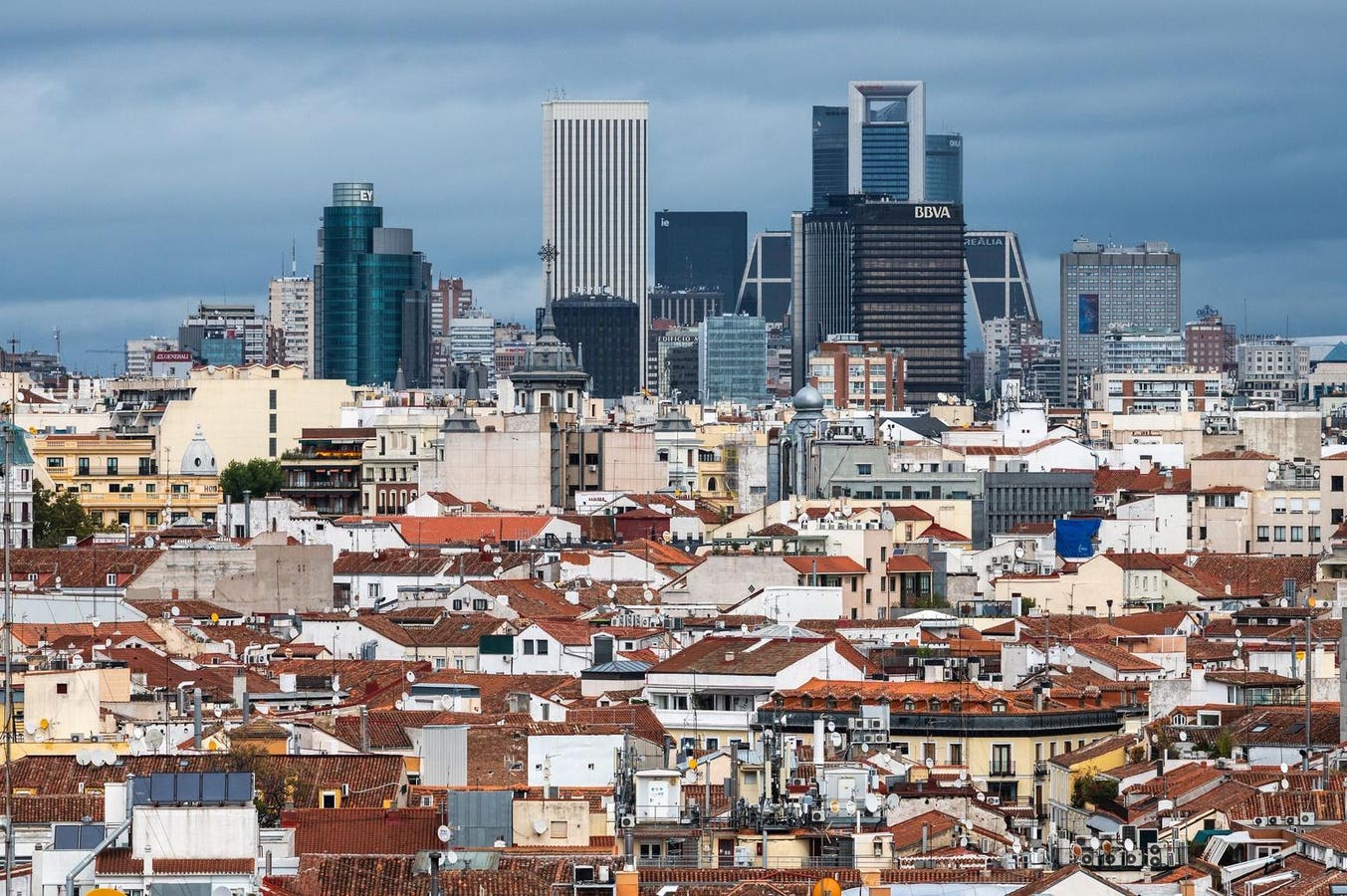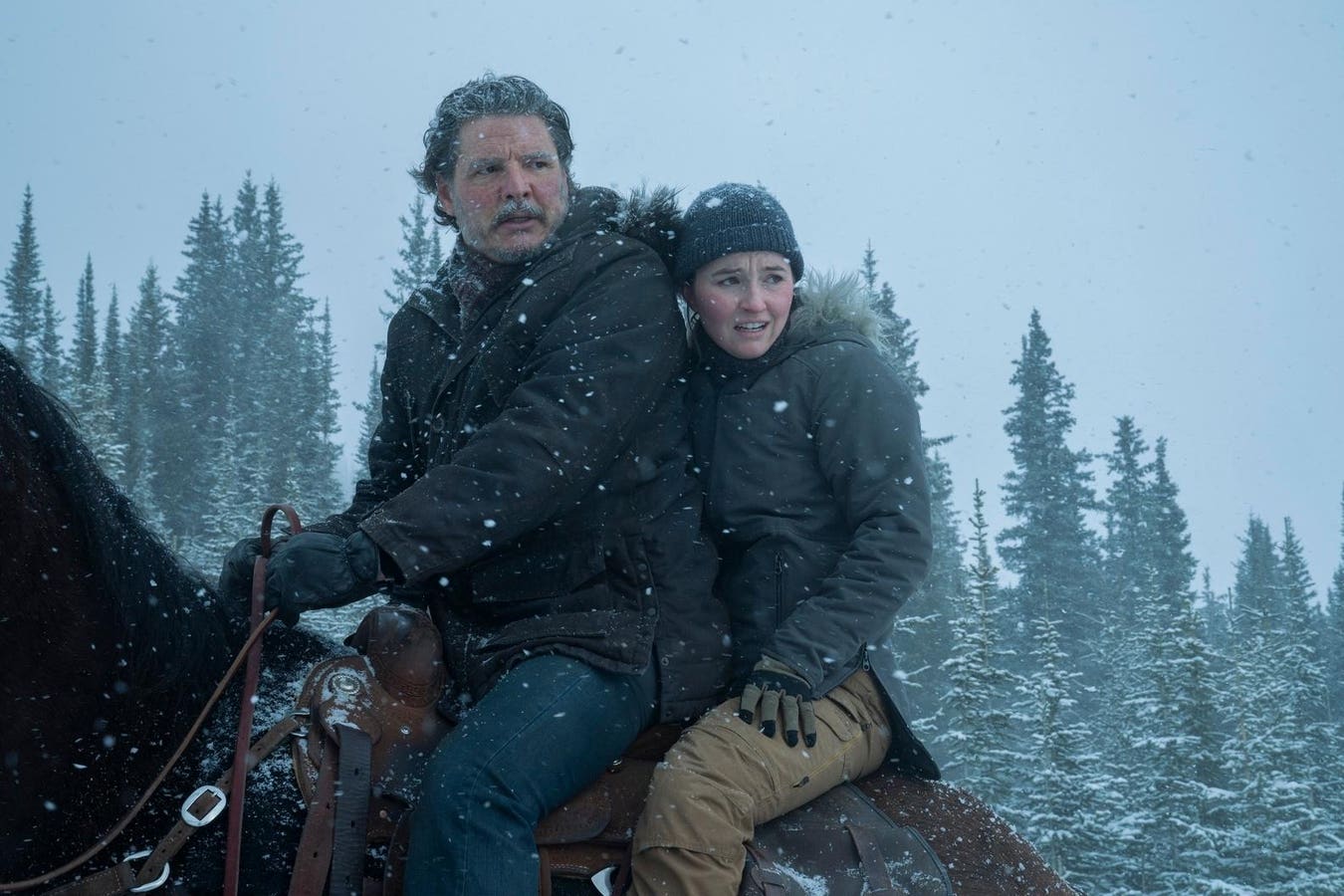A man cools himself with a garden hose during a heat wave.
Power grids from the Midwest to the Southeast have taken emergency action this week as an early-season heat dome brought an extended period of hot and humid weather to America’s most populous region.
The science team at nonprofit news organization Climate Central found that climate change made the present spell of hot weather four to five times more likely.
The largest grid operator in the U.S., the Pennsylvania-New Jersey-Maryland (PJM) Interconnection, which coordinates the transmission of electricity to roughly 20% of the U.S. population in 13 states and the District of Columbia, issued an alert that power usage is likely to hit a 14-year high this week.
The alert advises electrical generation facilities to delay maintenance and repair outages due to the heavy load and informs clients that it will undertake “demand response” initiatives through VPPs like Sonnen and Renew Home—companies which we have covered in this column.
The Interconnection, which maintains approximately 179 gigawatts of total generation capacity and nearly 8 GW of demand response capacity, anticipated a load of 160 GW—around 86% of its total capacity.
On Tuesday, the Department of Energy issued an emergency declaration for the Carolinas allowing Duke Energy to exceed pollution limits at its power plants to meet the load brought about by the heatwave.
While summer heatwaves are not unusual, this one came early in the season and is severe enough to prompt action by grid operators and the U.S. government.
The scientists at Climate Central have developed an online climate shift index application that calculates the increased likelihood of temperature extremes due to climate change. According to Climate Central’s explanation, “The Climate Shift Index (CSI) reveals how much climate change influences the temperature on a particular day. The index ranges from -5 to +5 with positive levels indicating temperatures that are becoming more likely due to climate change (negative scores indicate conditions that are becoming less likely). For levels at 2 or above, the Index is a multiple of how frequently a particular temperature will occur due to climate change.”
The CSI estimates the current Midwest and East Coast heatwave has been roughly four to five times more likely due to the effects of human-induced carbon cycle imbalances.
Climate Central’s Climate Shift Index for the U.S. on June 24, 2025
This analysis highlights the extent to which climate change is already affecting our daily lives. I often hear people speculate as to climate change’s effects on their children or grandchildren while overlooking the radical imbalance of the planet’s carbon cycle already incurred by 150 years of burning fossil fuels.
Climate change’s impacts on civilization are no longer abstract projections to be suffered by future generations; if we take the trouble to look for them, we find that those impacts have already arrived. We are living in a “post-climate” world.
This week’s early-season heatwave illustrates the vicious cycle in which we are now trapped. People crank up their air conditioning in rising temperatures. Utilities, straining to accommodate the additional power demand, crank up coal- and natural gas-burning facilities, releasing carbon dioxide into the atmosphere, making the atmosphere more insulating, and further raising temperatures.
Now consider that this vicious cycle is playing out across the globe.
Climate Central’s Climate Shift Index for the globe on June 24, 2025
Everyone living in the dark rust-colored parts of the map above is experiencing unseasonably hot weather made four to five times more likely due to climate change.
Outside of the U.S., many in those dark rust-colored areas live in developing countries with rapidly expanding urban areas subject to the urban heat island effect. People in developing countries are no less desperate for the relief of air conditioning than people on the East Coast of the U.S. and are increasingly able to afford this luxury.
There are ways to break out of this vicious cycle, but they are not simple. One featured earlier this month in this column is Dr. Lorenzo Kristov’s proposal to shift power generation and distribution to regionally distributed self-reliant mini-grids. Another is reducing fossil fuel generation demand through energy efficiency improvements in homes and commercial buildings. Yet another is increasing the livability of underserved neighborhoods through tree planting and the establishment of energy-efficient community cooling centers.
One point that bears stating: Cutting funding to federal agencies like NOAA and the National Weather Service risks lives during extreme weather events and threatens the stability of our electrical grid.
The emergency measures taken by PJM and the Department of Energy this week were made possible by forecasts born from the hard work done daily at these agencies. Maintaining our government’s capacity to understand how a changing climate will manifest itself through extreme weather events like heat domes and predicting these events before they occur is essential in this post-climate world.









